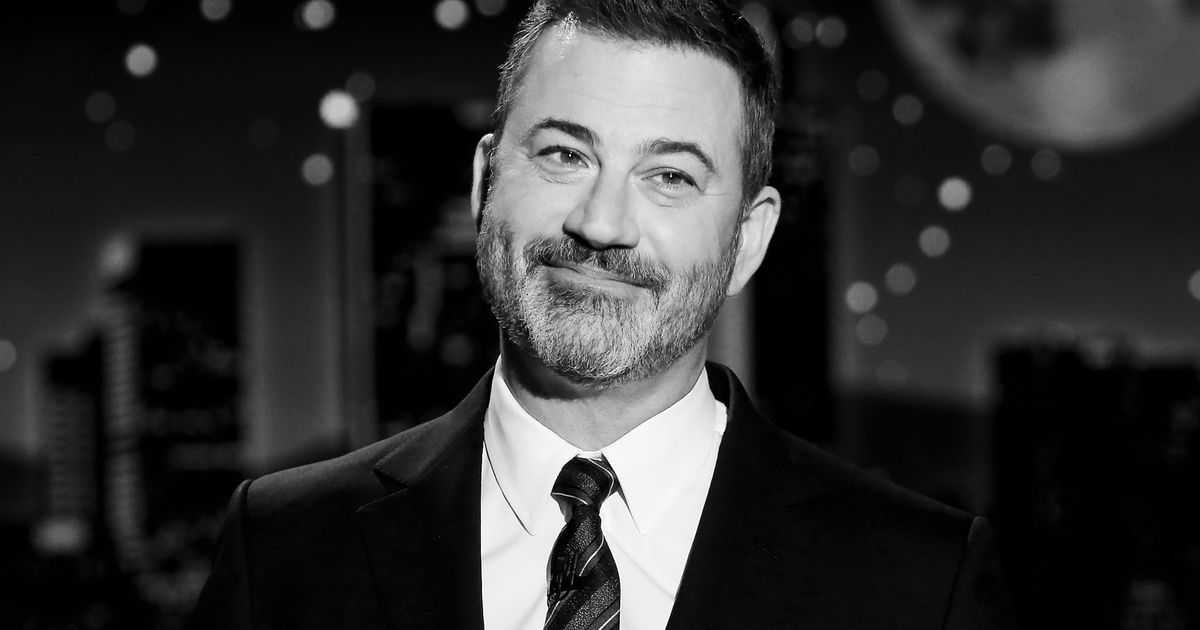
"In the end, Disney did the right thing. Monday's decision to give Jimmy Kimmel his talk show back, less than a week after putting it on ice in the wake of government threats, was a rare bright spot in a year that has seen one major corporation or institution after another surrender to demands from the Trump White House and its acolytes."
"But while Kimmel is once again telling jokes on ABC, not everyone in America has been able to see his show when it airs on TV because of a boycott from two of the network's major affiliate groups, Nexstar and Sinclair. While Sinclair will return Kimmel's show to its stations tonight, Sinclair announced, and there's a good chance Nexstar will at some point, maybe even relatively soon, the whole dispute has underscored something that's been evident for years now: The relationship between the broadcast networks and their affiliates is due for a major restructuring."
"Much has changed in the TV world this century, but at its core, the way the Big Four (ABC, CBS, NBC, and Fox) get their programming to local American communities has remained pretty static for decades. Rather than directly deliver shows and events to viewers via a national feed, networks beam their programming to hundreds of TV stations throughout the country, which in turn send it out to local communities by transmitting it over public airwaves or by licensing it to cable companies to pipe it into your house. Even if you watch one of the networks digitally via something like YouTube TV, you're not getting your shows directly from the network: You're watching a version of your local affiliate station's feed."
Disney reinstated Jimmy Kimmel's show after temporarily pulling it following government threats, but many viewers still missed the program because major affiliates Nexstar and Sinclair boycotted it. Sinclair announced it will return the show to its stations, and Nexstar may follow, exposing deeper tensions between networks and affiliates. The Big Four networks still distribute programming by sending feeds to hundreds of local stations rather than broadcasting a single national feed. Local affiliates transmit over public airwaves or license signals to cable providers, and affiliates have long paid networks substantial sums for broadcast rights, driving the current economic friction.
Read at Vulture
Unable to calculate read time
Collection
[
|
...
]